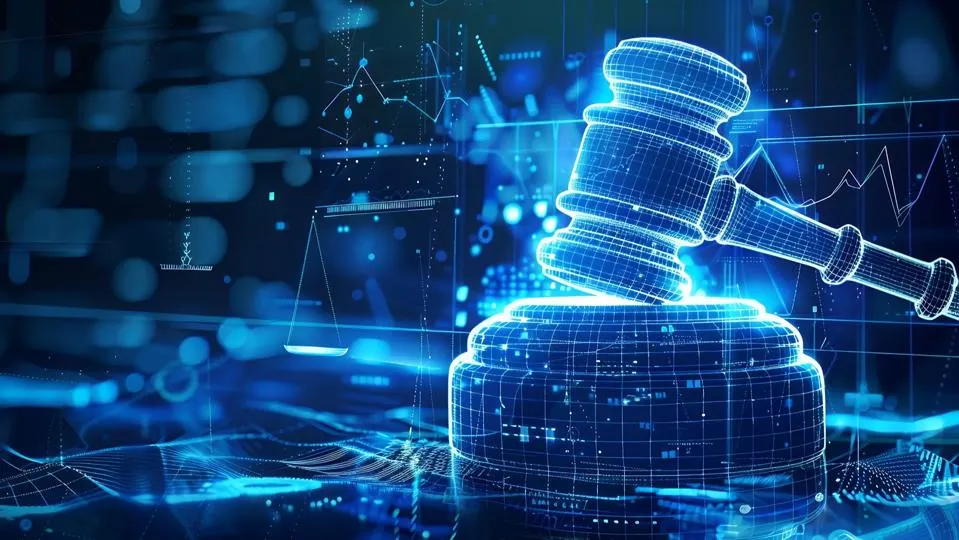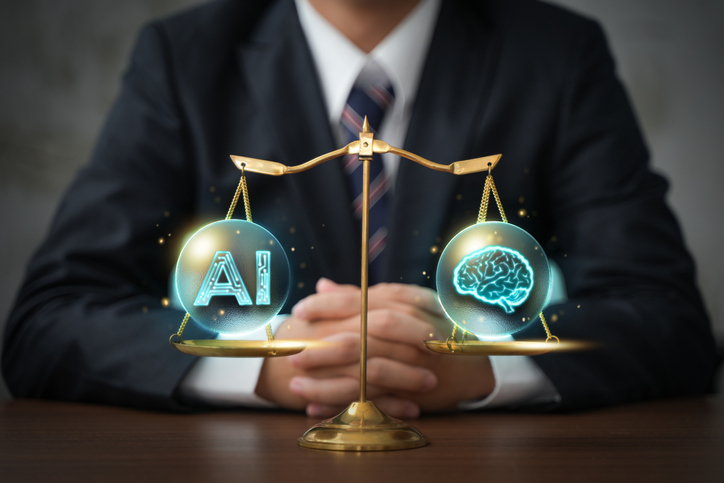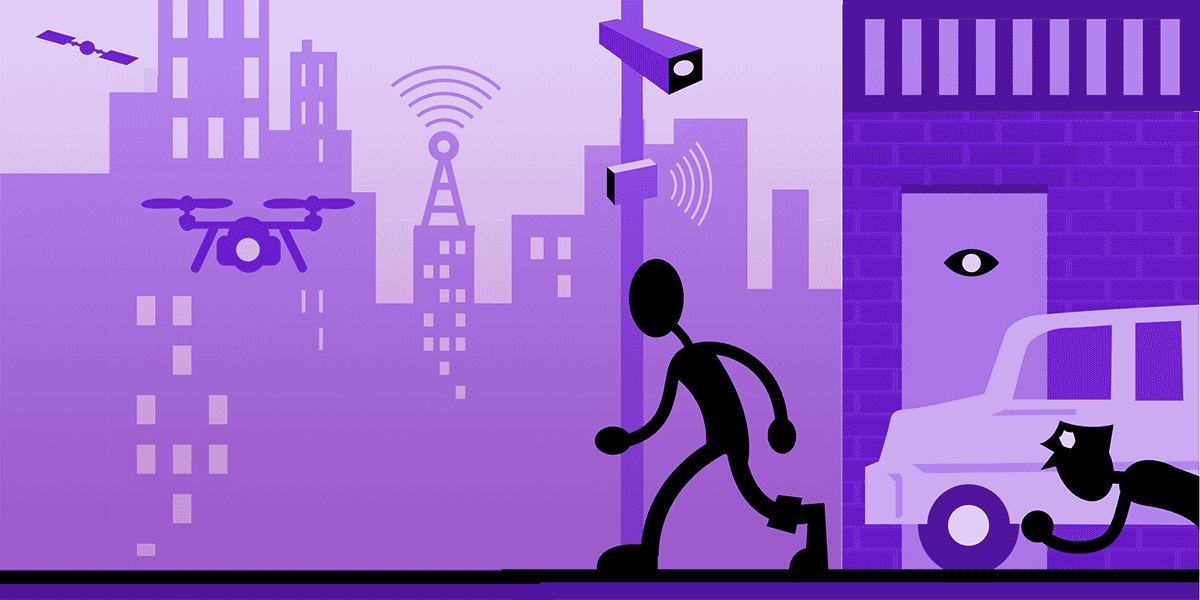In 2025, the integration of Artificial Intelligence (AI) and surveillance technologies into law enforcement practices has significantly transformed the landscape of criminal defense. As an AI Surveillance Defense Lawyer, understanding the implications of these advancements is crucial to safeguarding your rights. Here are seven critical ways these technologies impact criminal defense and how legal professionals are adapting to ensure justice.
Table of Contents
1. Facial Recognition Technology: A Double-Edged Sword
Facial recognition systems have become commonplace in public spaces, aiding in identifying suspects. However, these systems are not infallible. Studies have shown that AI-driven facial recognition can misidentify individuals, particularly those from marginalized communities, leading to wrongful arrests . As an AI Surveillance Defense Lawyer, challenging the accuracy and reliability of such evidence is essential to protect clients from unjust prosecution.
2. Predictive Policing: Risk of Bias and Discrimination
Predictive policing tools use AI to analyze data and forecast criminal activity. While intended to prevent crime, these systems can perpetuate existing biases, disproportionately targeting certain demographics. Legal professionals must scrutinize the data sets and algorithms used to ensure they do not infringe upon civil liberties .

3. AI-Generated Evidence: Authenticity and Admissibility Concerns
The use of AI to generate evidence, such as voice recordings or video footage, raises questions about authenticity. In recent cases, AI-generated content has been presented in court, necessitating rigorous examination to verify its legitimacy . An AI Surveillance Defense Lawyer must be adept at challenging the admissibility of such evidence to prevent miscarriages of justice.
4. Surveillance Footage: Legal Boundaries and Privacy Rights
Law enforcement agencies increasingly rely on surveillance footage from public and private sources. The collection and use of this data must adhere to legal standards to protect individuals’ privacy rights. Legal practitioners must be vigilant in identifying instances where surveillance footage has been unlawfully obtained or used beyond its intended purpose.
5. AI in Courtrooms: Ethical and Legal Implications
The introduction of AI tools in courtrooms, such as virtual reality simulations and AI avatars, has sparked ethical debates. While these technologies can enhance understanding, they also pose risks of bias and manipulation. Legal professionals must advocate for regulations that govern the use of AI in judicial settings to maintain fairness and impartiality .
6. International Legal Frameworks: A Global Perspective
International treaties, like the Framework Convention on Artificial Intelligence, aim to establish guidelines for the ethical use of AI technologies. These frameworks emphasize the importance of human rights and the rule of law in AI development and deployment. Staying informed about such conventions allows AI Surveillance Defense Lawyers to anticipate and address potential legal challenges arising from AI technologies .

7. Advocacy and Public Awareness: Empowering Communities
Beyond individual cases, AI Surveillance Defense Lawyers play a pivotal role in advocating for policies that protect civil liberties in the age of AI. Engaging with communities, educating the public, and influencing legislation are vital components of ensuring that technological advancements do not erode fundamental rights.
Conclusion
The advent of AI and surveillance technologies presents both opportunities and challenges in the realm of criminal defense. As an AI Surveillance Defense Lawyer, it is imperative to stay abreast of technological developments and their legal implications. By understanding and addressing the complexities introduced by these technologies, legal professionals can better protect the rights and freedoms of individuals in 2025 and beyond.


Leave a Reply